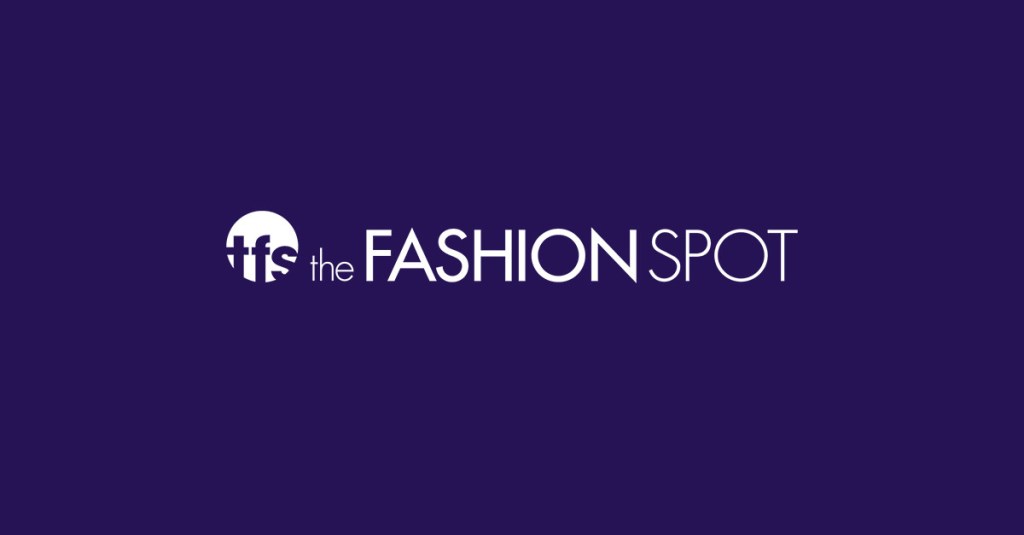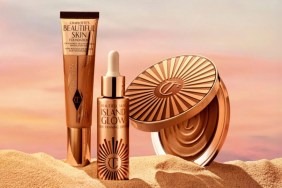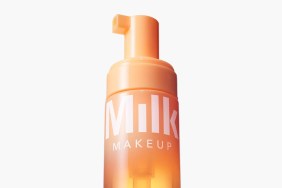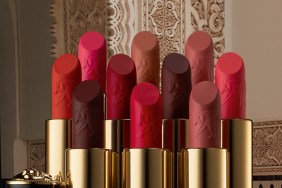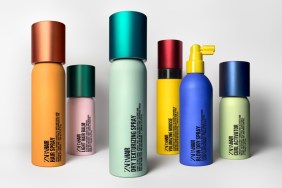
The first time I ever tried to contour my face using makeup was an absolute disaster; granted, I was 15 years old, very pale, and not very skilled at applying bronzer. My mother kindly told me that I looked like I had dirt on my face so I promptly washed it off. Now, years later, my skills have improved considerably but every time I pick up that matte bronzer I always remember my first try.
Contouring is a more advanced makeup application skill that, when done right, can greatly enhance the structure of your face and add definition. When you create a base of makeup, primer, concealer, foundation, and powder, you are essentially evening out your face of any natural shadows or imperfections. While you want this to cover any redness or pigmentation, you lose the natural shading of your skin. Contouring can bring some of that back by helping to accent your bone structure and create natural looking shadows.
[ Master Class: How to Contour the Right Way ]
When choosing a product to contour with, take into consideration the type of foundation you wear. If you wear a dewy, liquid foundation, choose a cream bronzer product and apply it before you apply your powder. If you use a pressed powder foundation, choose a powder contouring product. For beginners, I would suggest powder products, as it is much easier to make a mistake with a creamy product, so if you use a dewy foundation but wish to use a powder contour, apply a translucent powder before you start to best match the texture of the products.
Professional makeup suppliers have sculpting powders like Make Up For Ever’s Sculpting Kit $45 but if you can find a very matte powder like Tarte’s Matte Waterproof Bronzer $29, it will work just as well. Remember that you do not want any shimmer in your bronzer. Your face isn’t naturally glittery, especially not in the shadows, so your contour shouldn’t be either. When choosing a color, look at the color your face is in the natural shadows. If you have very fair skin, consider using a very light bronzer, similarly, if your skin is darker, choose a shade just slightly darker than your foundation. On very dark skin tones, the application of highlighter after you contour will be more important.

Contourng Your Face:
When contouring your face, you’ll need an angled blush or sculpting brush such as Make Up For Ever’s Double-Ended version, $39. You want it to be dense but still fluffy for the most natural look. Pick up some product on your brush and remove some of it onto your hand, this way you still have pigment on the brush but it is evenly distributed and you won’t get any streaks. Apply the bronzer under your cheekbone stopping about half way in a small circular buffing motion. Back and forth swipes will result in a harsh line that you’ll need to fix. If your face is very wide, extend the contour up your hairline onto your temple, this will create a shadow that visibly slims the face. If you have a very high forehead, you can apply some to the top of your hairline to add dimension to the top of your face. Always apply blusher after you contour as you’ll need to apply with discretion to avoid looking like you have too much makeup on.
Contouring Your Eyes:
If you have very puffy or flat eyes, use a crease brush and apply some of your bronzer into the socket line. Extending the stroke into the inner corner of the eye can also create depth.
Contouring Your Nose:
If you have a wide or crooked nose, applying a small amount of product to the outside of your nose, following down from the inner crease of your eye can make your nose appear straight and defined.
Contouring Your Chin:
Another very popular place to contour is under the chin. This will hide any sagging skin or puffiness around the neck. Using the same brush as you used on your cheeks, apply product under your chin and along your jaw line sweeping it up towards under your ear.
Contouring Your Body:
Using the same techniques from your face, you can help define some of your other assets with contouring too. Apply bronzer under your collarbones to draw attention to your decolletage or in between your breasts to give the impression of more cleavage. Be careful about attempting to contour areas such as your abs or arms as, if not completely blended, it will be very obvious that it’s makeup.
Finishing Your Contouring Look:
After you use the bronzer and feel confident that it is well blended and natural looking, apply a highlighter on your cheek bones, if applying it to the face, or brow bone, if you’re contouring your eyes, to get the most definition.
Photos: IMAXtree
